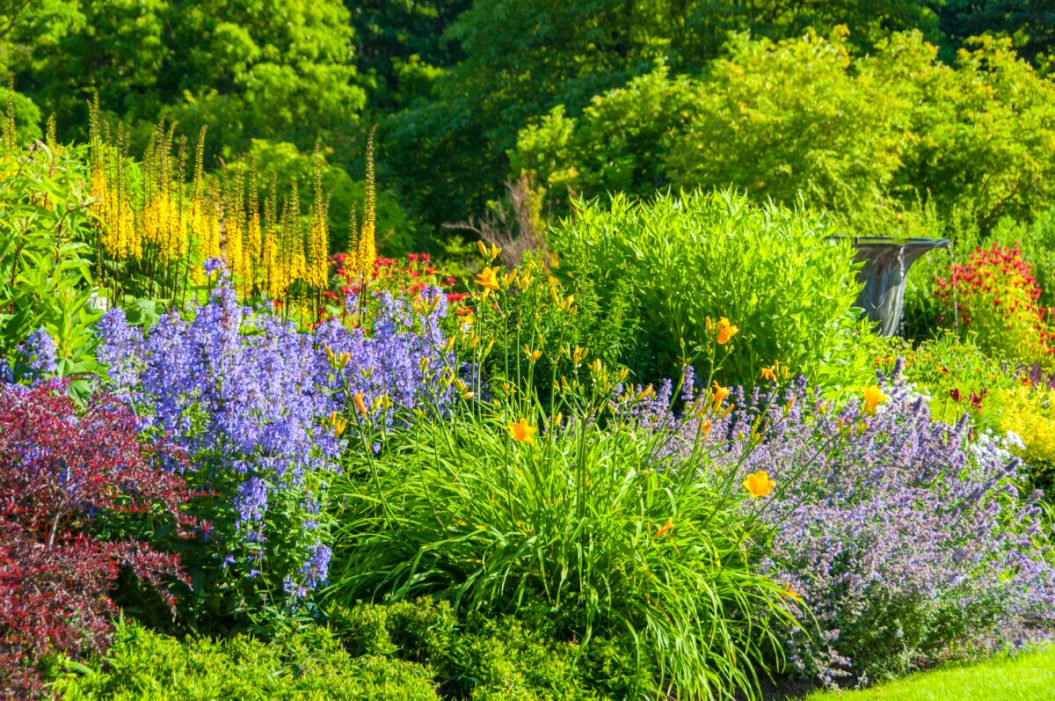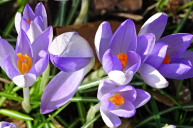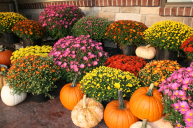When you're shopping for plants for your containers, window boxes, and garden beds, you may wonder what the difference is between annuals and perennials. How long do each of them last? Should you plant one or the other? The truth is that annuals and perennials have different jobs to do in the garden, and every garden is more beautiful and complete with both types of plants.
Videos by Wide Open Country
Annuals live for one season, while perennials come back for many years. Some perennials, such as peonies and daylilies, can live for decades. Others, such as delphiniums and lupines, live for a few seasons before fading. By planting both annuals and perennials in your garden, you'll have dependable color for the entire growing season. Plus, you'll offer plenty of different flowers and plants to attract and support pollinators such as butterflies and hummingbirds.
Here's everything gardeners should know about annuals vs perennials.
Annuals vs perennials: Which are better?
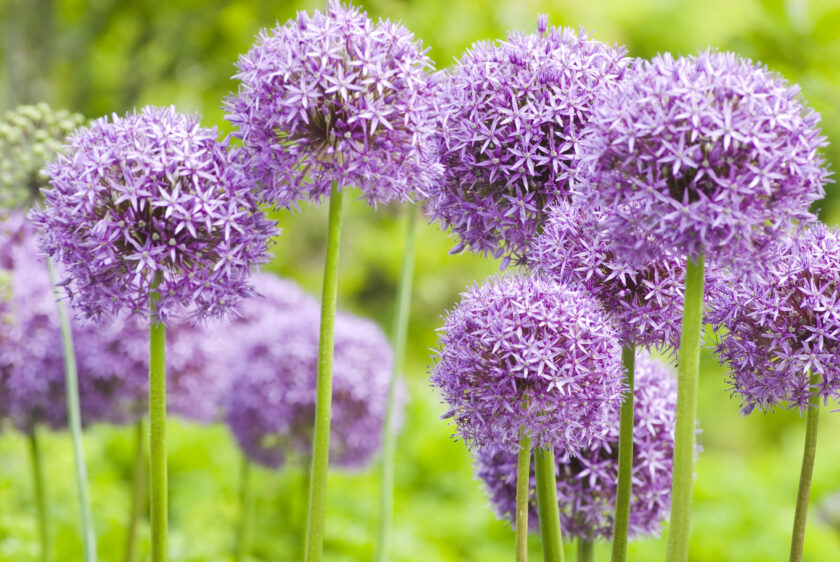
Can't decide whether annuals or perennials are better? That's because they both have a role to play to round out your garden. Even though annuals only last one season, they provide instant gratification with quick pops of color from planting until a hard frost. Their colors are vibrant, and they're usually inexpensive. You'll see them in single pots or six packs. Many annuals, such as nasturtiums and sunflowers, are super easy to grow from seed, too.
Perennials are more expensive than annuals, but they typically live longer. They often return for years, providing many seasons of color. That said, they tend to bloom for just a few weeks to months during the growing season. The most important thing to remember about perennials is that you need to choose those that will survive winters in your USDA Hardiness zone (find yours here).
Another consideration is that perennials take a few years to kick into high gear, so you must be patient. In fact, there's a saying among gardeners: Perennials crawl, walk, run—which means they don't do much the first year, slowly start growing the second year, then take off the third season.
Annuals and perennials need the same basic care.
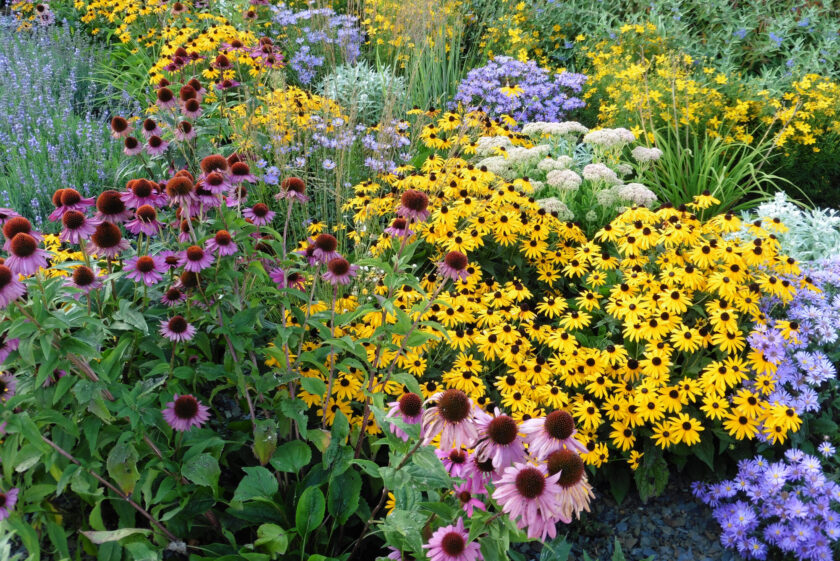
When you purchase your plants, read the plant tag or description to be sure you can give them the right kind of light in your garden. For example, full sun means six or more hours of direct sunlight, while part sun is about half that. Shade means a plant can't tolerate direct sunlight. Don't try to cheat! You can't fool nature, and a sun lover will not bloom in shade, while a plant that needs shade will fry in the hot afternoon sun.
When planting, make sure to dig a hole the depth of the container, place the plant in the hole, backfill the soil, and pat down firmly. Water well. Most perennials should be watered regularly the first season, especially if it's extra-hot and dry because you want to establish good root systems. Also, if you're planting either annuals or perennials in containers, check the pots regularly because water evaporates from pots (especially porous materials such as terra cotta) more quickly than garden beds.
When should I plant annuals and perennials?
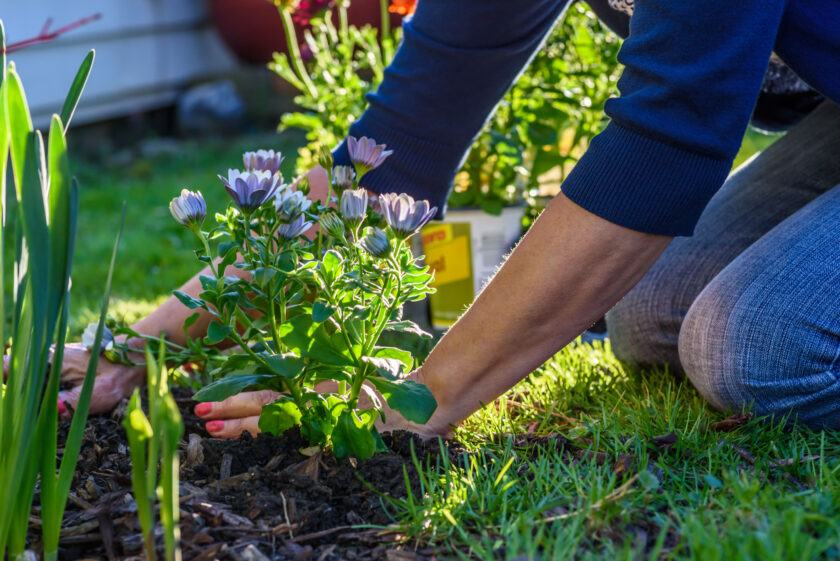
You can plant annuals any time during the growing season. Perennials are best planted in spring or fall when temperatures are less harsh and rainfall is more plentiful. For fall planting, make sure to get perennials in the ground no later than six weeks before the ground freezes, which is in late fall or early winter, depending on where you live. You want the plants to have a chance to get established before winter arrives in full force.
Should you cut back your garden plants in the fall?
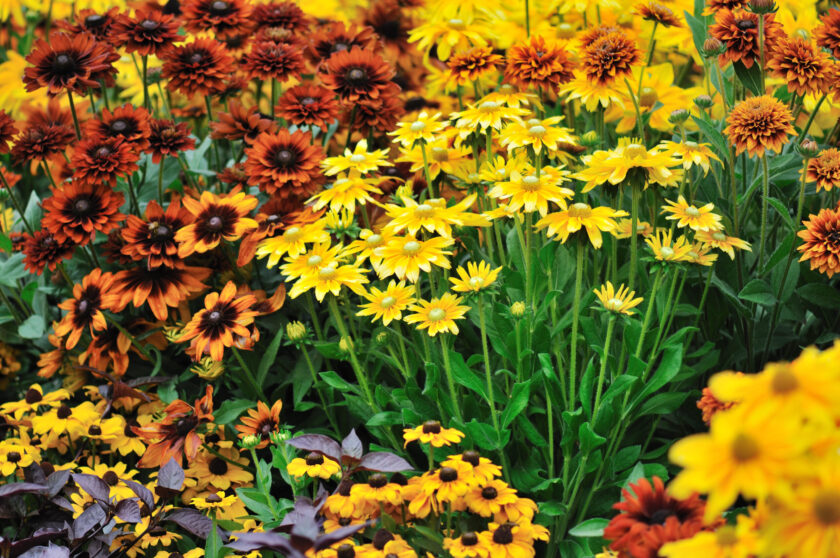
When it comes to garden cleanup, you can remove faded annuals after the first hard frost. For perennials, it's often better to wait until spring to cut back dead foliage. That's because it can help protect the crown (where the stems meet the roots) of the plant from winter freezes.
Leaving a little leaf litter in your beds also allows beneficial insects a place to overwinter. In addition, if you cut back your perennials in the autumn, you may not remember where they are, so you risk accidentally digging them up when you're working in the garden next spring. This is one time it's fine to be lazy about fall cleanups!
